12-year-old Muriel Drinkwater from Penllergaer, Swansea, Wales, was the youngest of four sisters. She attended the local grammar school and went to Sunday School. She was also a member of the Nightingale Patrol of the Girl Guides and intended on going to university. Muriel had a habit of singing everywhere she went; she would later be nicknamed “little nightingale.”1
The 27th of June, 1946, started out just like any other day. After school, she caught the bus back to her home at the remote Tyle Du farm where she lived with her parents, Percival and Margaret, and her three siblings. She jumped off the bus at her regular stop at around 4:20PM and started the 20 minute walk back home, singing on her way. The route she took back home meandered through Penllergaer Forest. 13-year-old Brindley Hoyles walked past Muriel on the path of the forest after he purchased some eggs and butter from the Tyle Du farm. The Drinkwater’s farm helped the locals beat the constraints of rationing while earning themselves an extra bit of cash. Muriel and Hoyles had been in primary school together but both went to seperate grammar schools. They said hello as they passed one another and Muriel continued on her trek.
When she didn’t arrive home by tea time, her mother searched the village before calling police. By night, a search party was assembled. Torrential rain pummeled down on the searchers as they trudged through Penllergaer Forest, directed by glowworms creating small points of light. As her parents called her name, their voices cracked with panic.
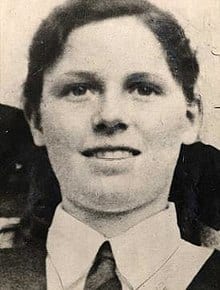
At around 10:35AM the following morning, PC David Lloyd George spotted something in the undergrowth in Penllergaer Forest. It was a blue school coat and red gloves. As he approached the brightly coloured items, he spotted her. Muriel Drinkwater was laying on her back, one arm outstretched by her side and the other slightly raised. Her eyes were wide open and her skin was deathly white. She was still wearing her school uniform. Just a few weeks short of her 13th birthday, Muriel had been beaten on the crown of her head with an object, raped and then shot twice in the chest. The officer blew harsh on his whistle to alert the other officers in the area.
The murder weapon was found near her body. It was a World War One US Army Colt .45 pistol. It had a distinctive butt that had been customised with a checkered pattern Perspex grip.
Over 3,000 mourners packed St David’s Church to bid their farewells to Muriel. Hundreds gathered around the grave as she was lowered into the ground.2 The grisly murder made headlines across the country. The small police force was well out of their depth and they called on Scotland Yard for assistance in the investigation. In the days and weeks that followed, police reportedly visited every house in the vicinity and interviewed approximately 20,000 men in Swansea, Aberdare and Carmarthenshire.3
A photograph of the gun was projected on the screen in local cinemas and a nationwide appeal was made in the hopes that somebody could identify it. It was eventually discovered that it had been manufactured in the Springfield Armoury in 1942 and then shipped to US forces in Europe. Unfortunately with so many weapons in circulation at the time, there was no record of which soldier it had been issued. There had been two big American camps in the area during the war but at the time of the murder, they had since been abandoned. That meant that anybody in the area could have purchased the gun or swapped it with an American soldier or somebody may have even brought it back from war
The police theorised that the killer was between 18 and 25 when the murder was carried out. They also theorised that the killer had been lying in wait, lurking in the bushes, waiting for somebody to attack. “She was an attractive, intelligent girl, very reserved and unlikely to have even an innocent friendship with a male,” wrote Detective Chapman of the Scotland Yard.
In 2003, the case was reopened for review. Forensics scientists discovered a semen stain on Muriel’s coat. It was thought to be one of the oldest pieces of crime scene evidence in the world. A familal DNA sample was obtained from the stain and ran through the national DNA database but to no avail. It did, however, rule out Hoyles who had fallen under a cloud of suspicion after being the last person to see Muriel alive. Hoyles – who was now in his 70s – was more than pleased to provide police with a DNA swab. ” It was a heck of a shock for the village, a terrible time. I never went up that track again in my life, I wouldn’t go back there,” he said.
Several years later, police began to look into the possibility that Muriel’s murder was connected with the murder of 11-year-old Sheila Martin who was raped and strangled in Sun Hill Wood, Fawkham Green, ten days after Muriel was killed. While there were similarities, police could never find any conclusive proof that the two murders were related. Then in 2019, the DNA ruled out Harold Jones. Jones was a double child killer who – at the age of 15 – killed two young girls in Abertillery in the 1920s. Jones was freed from prison in 1941 and over the forthcoming years, many held the belief that he may have killed Muriel. Following advancements in forensic technology, he was ruled out.
As of yet, the killer of Muriel Drinkwater still remains anonymous and is most likely dead by now. However, with his DNA now in the national database, it’s plausible that this case can one day be solved using familial DNA.
Footnotes:
- The Times, 24 March, 2009 – “Even if it was 100 Years Ago, We’d Still Search”
- South Wales Evening Post, 19 October, 2018 – “The Chilling Little Red Riding Hood Murder Which is Still Unsolved Today”
- South Wales Echo, 2 May, 2019 – “DNA Rules out Valleys Child Murderer as Killer of Young Muriel in 1946”
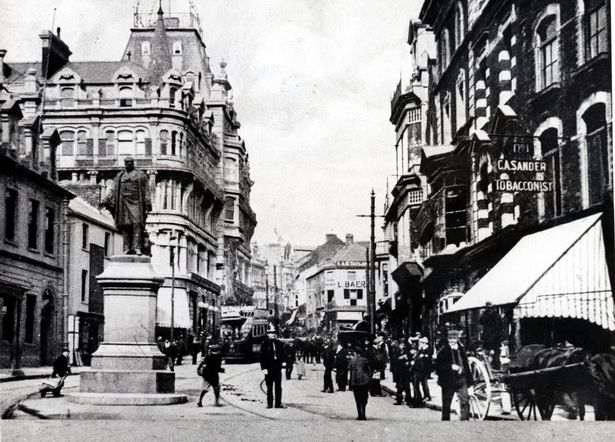
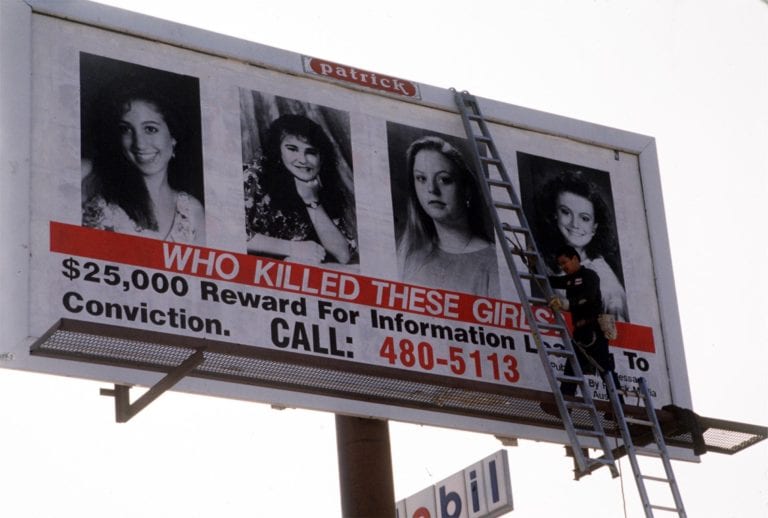
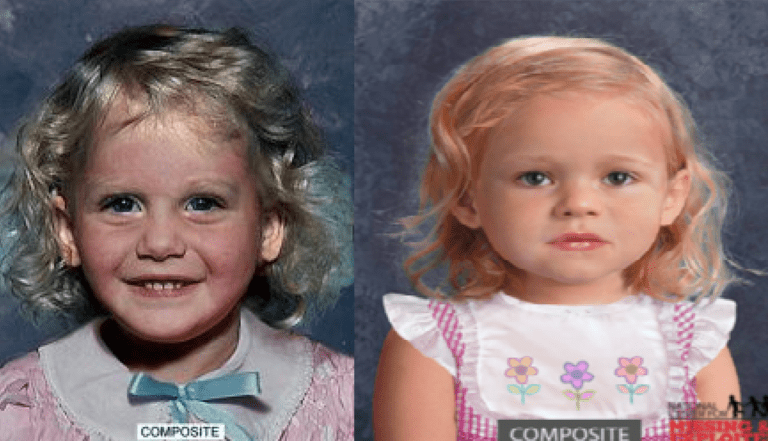

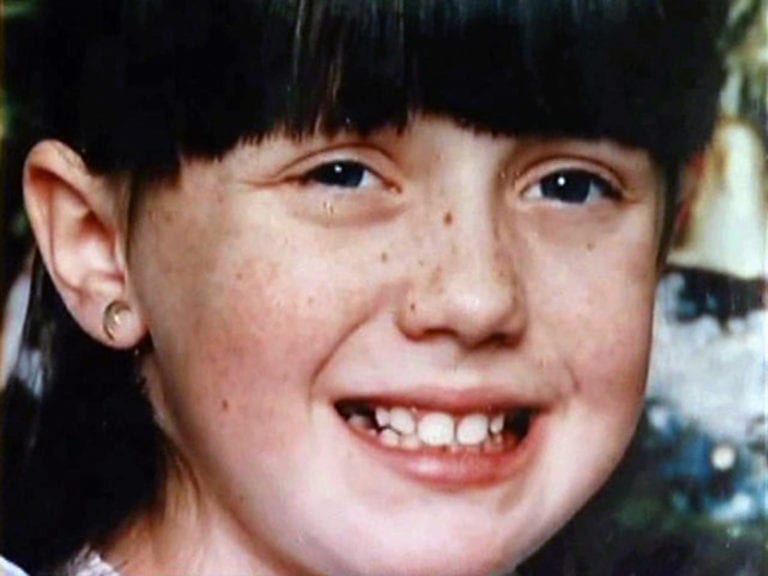
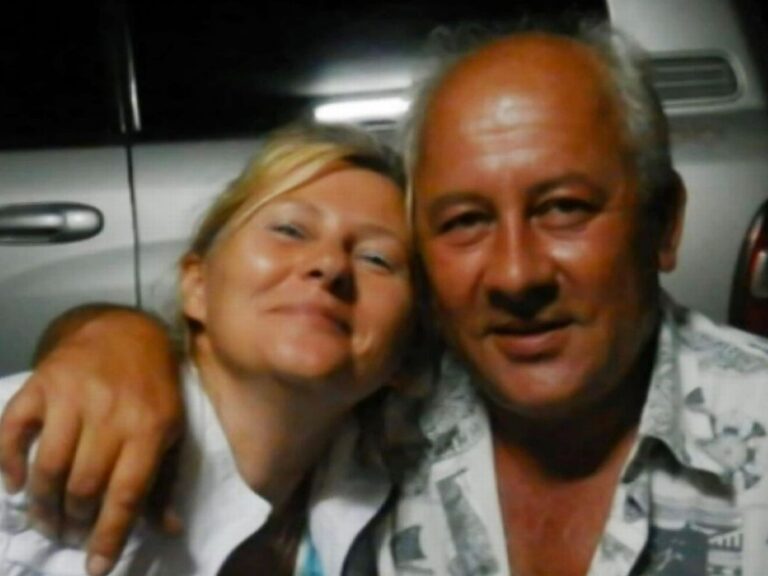
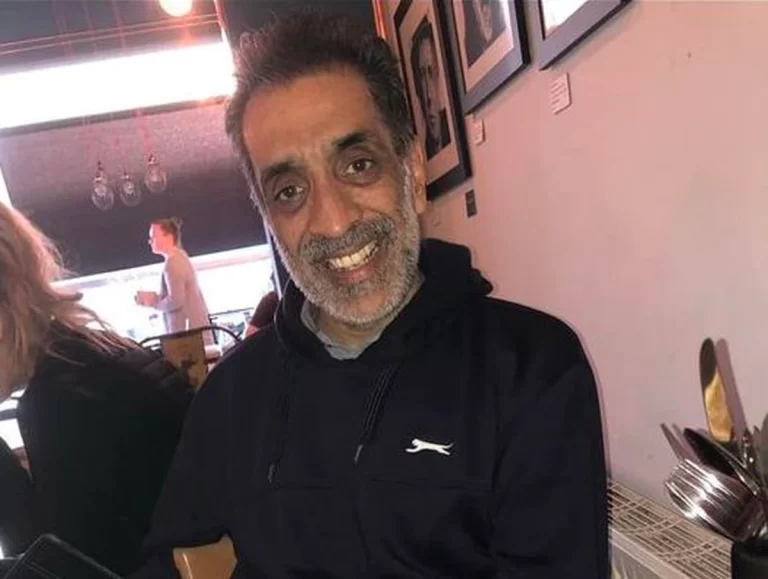
Comments:
Poor Hoyles remaining under suspicion for all those years… I wonder if this could be solved with one of the genealogy websites? It is such a unique gun too. Seems strange for him to just leave it at the scene.
I thought so too! Usually killers try to hide or destroy the murder weapon. That means it didnt have value to him. He may have found it, or stole it just for the purpose of murder.
God how heartbreaking…. and all these years have passed and still no justice.
sad
I feel like this was done by a local person who knew Muriel. They should run the DNA from the whole town/village- someone’s dead relative (uncle/dad/brother) most probably is the culprit.
This is the first I have heard of this murder. I had a 4 year posting to Swansea in the 1970s, and used to go running through Penllergaer woods. It always seemed such an attractive area, I had no idea that this terrible murder had taken place a decade before I was born.
The documentary Dark Land – The Hunt For a Killer on BBC Wales and iplayer spent a full 5 minutes suggesting that 2 books found in a Carmarthen bookshop recently had been taken from Muriel’s schoolbag in 1946 as trophies by the killer. They visited the Carmarthen bookshop to identify if the killer’s family had taken the books there. Well here is the TRUTH. Muriel’s niece’s family took the books to the bookshop after Muriel’s brother-in-law died last year. Colin Dark suggested the possibillity of using D.N.A to identify who took the books into the shop with the hope of… Read more »